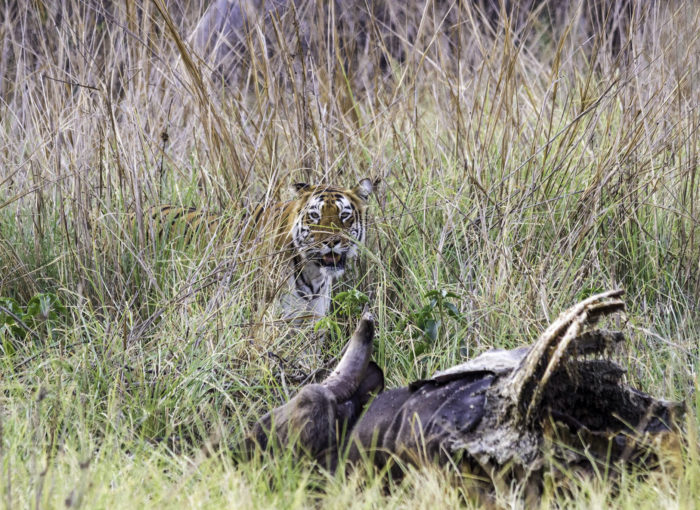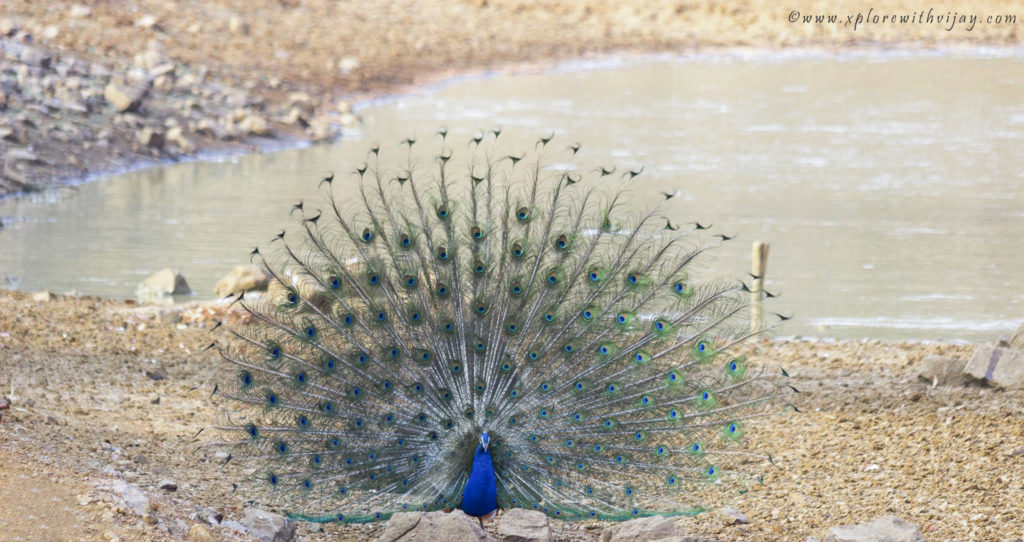The excitement of experiencing wildlife in their habitat is a delightful occurrence enticing both the animal lovers and photographers alike. Having a close encounter with the charismatic big cats, the gigantic land animal or the likes of other such mammals is a hair-raising phenomenon. Just like any other wildlife photographer out there, it was my fervent zeal to have these perennial subject of interest captured in the most intriguing style. My first such encounter at the famed Nagarhole National Park, back in the year 2015, was not a satisfactory venture. When it comes to wildlife photography, nothing comes guaranteed. You go out there, and sometimes come back dejected, and at other times, you are overjoyed with fascinating experiences and photographs. This was one such compelling wildlife journey. I am going to take you on a ride through to an enchanting tryst with the wildlife of Tadoba, popularly known as Tadoba Andhari Tiger Reserve (TATR).
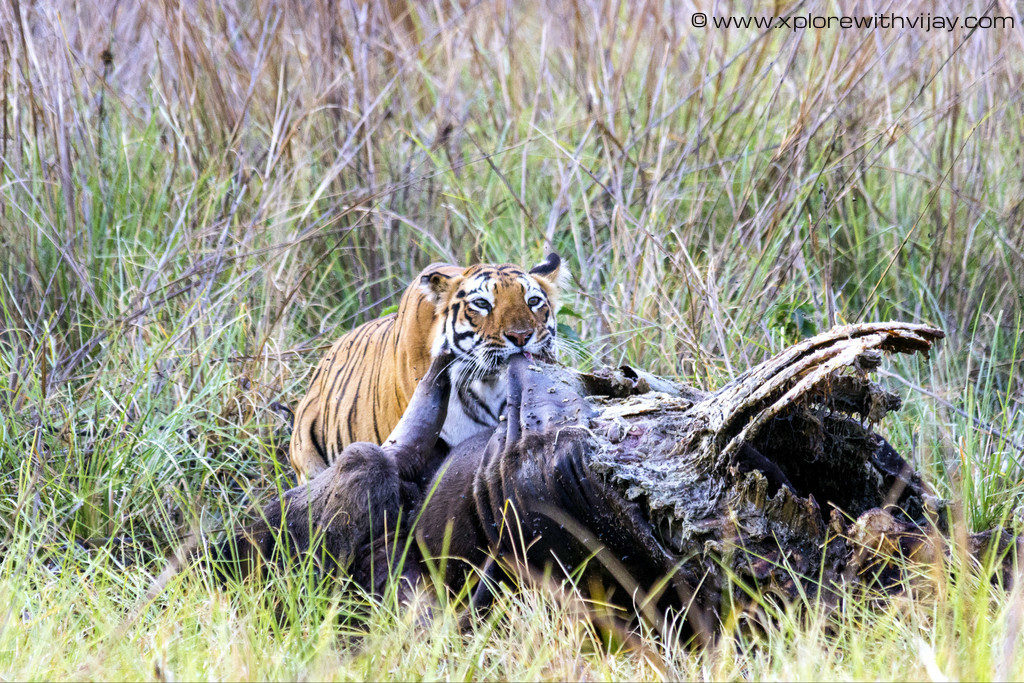
It was the month of May and the weather was mercilessly hot. A group of 8 passionate photographers across varied age groups joined together with one common interest. Do I need to say what that interest is? Well, it is quite obvious! To come back home with enthralling photographs was the presumption! High on excitement and adrenaline-pumping enthusiasm we started off from Chennai on a train bound to our destination. A journey of, tad greater, than 12 hours brought us in close proximity
to the magical landscapes of marshlands, lakes, and dense flora of Tadoba National Park. Tadoba Andhari Tiger Reserve is situated in the Chandrapur district of Maharashtra with a massive spread of over 600 sq km and is the oldest and largest national park in the state.
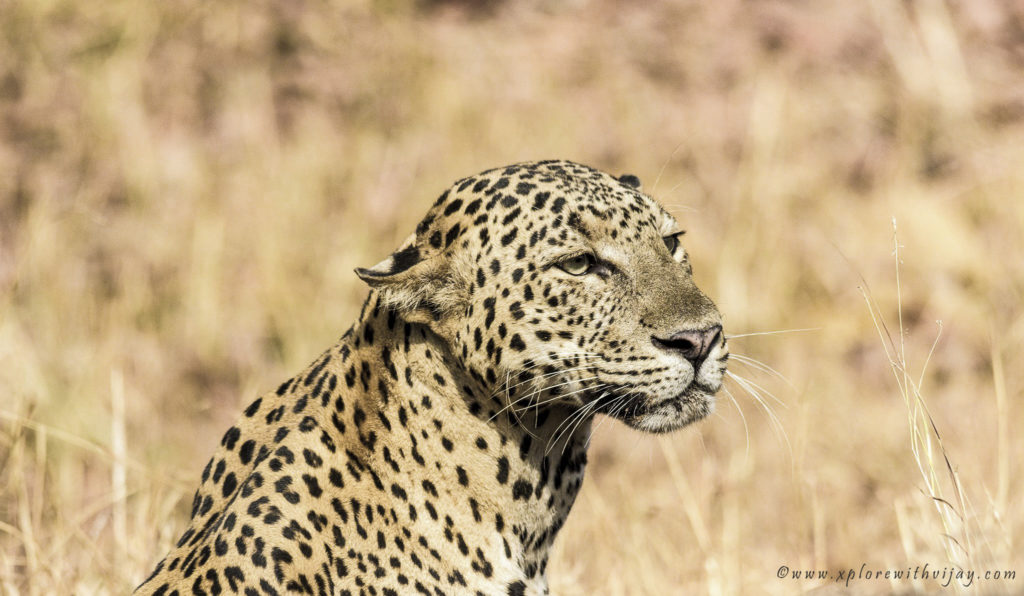
When you enter the park, you will eventually come across this large intimidating lines – “Welcome to the land of real tigers”. At first, it was perplexing. What? Real Tigers? Though amusing, for the moment, I let go off any perceptions about it and was looking forward to what the safari rides had to offer. Of the many zones of the park, our safaris were booked for two core zones and two buffer zones. We had two safari vehicles at our disposal. The core zones of Moharli and Zari Kolsa alongside the buffer zones of Devada Adegaon and Agarzari displayed intense wildlife activity much to the delight of the expectations we carried. Though, not all of us carried enough luck to have a sight of them. Due to its vast spread, the probability of safari vehicles taking the similar path is quite low. After consecutive unsuccessful attempts for a possible sighting of the big cats, we struck a deal that could possibly reverse the trend of events. We agreed to switch seats with those that had excellent sightings and, voila, that worked like a magic. We had some exceptional visuals waiting to be captured.
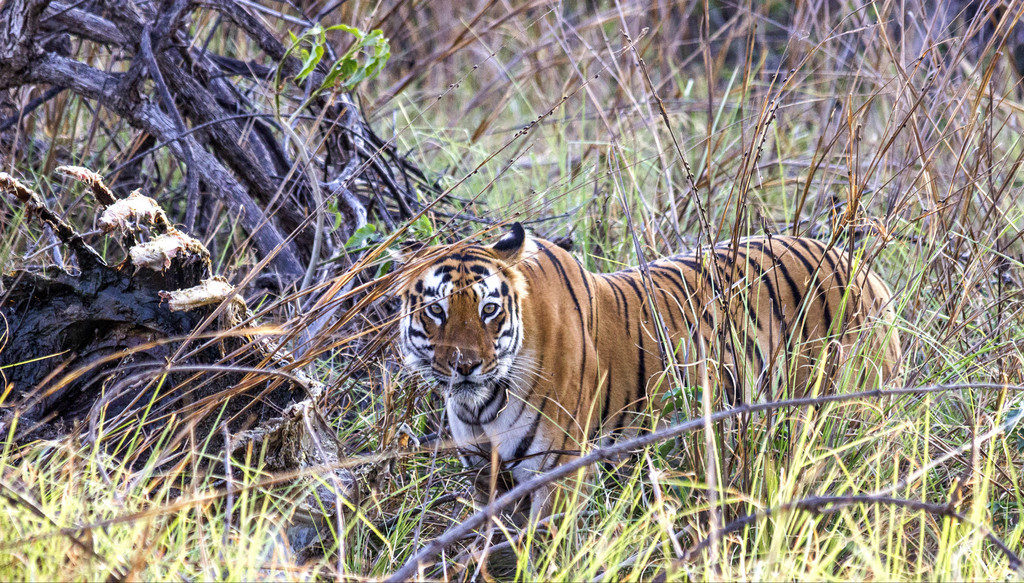
The most prominent of them was the majestically stunning big cat pouncing on its prey of Indian Gaur and feeding on it over a couple of days. The foul smell emanating out of the carcass of gaur engulfed the surrounding stretch and it was extremely intolerable to spend time at the spot. With an elementary workaround, I settled down on a comfortable position and secured some fascinating photographs of this exhilarating sequence of events.
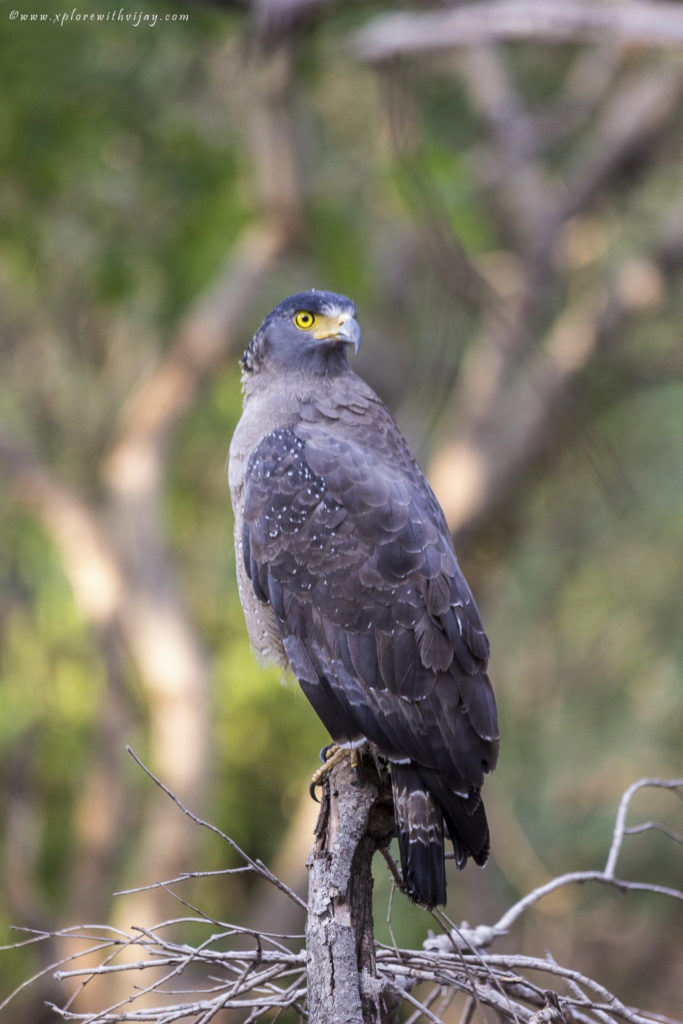
In another instance, we were on the lookout for the big cat. After a long arduous drive around the park, one of our guide sensed the proximity of tigers and were following its foot marks. And, then we heard a loud ferocious growl. That was a terrifying experience. Never before had I experienced such emotions. That was exciting and frightening at the same time. We witnessed not one, but four tigers – a female adult and three cubs. That was a sight to behold.
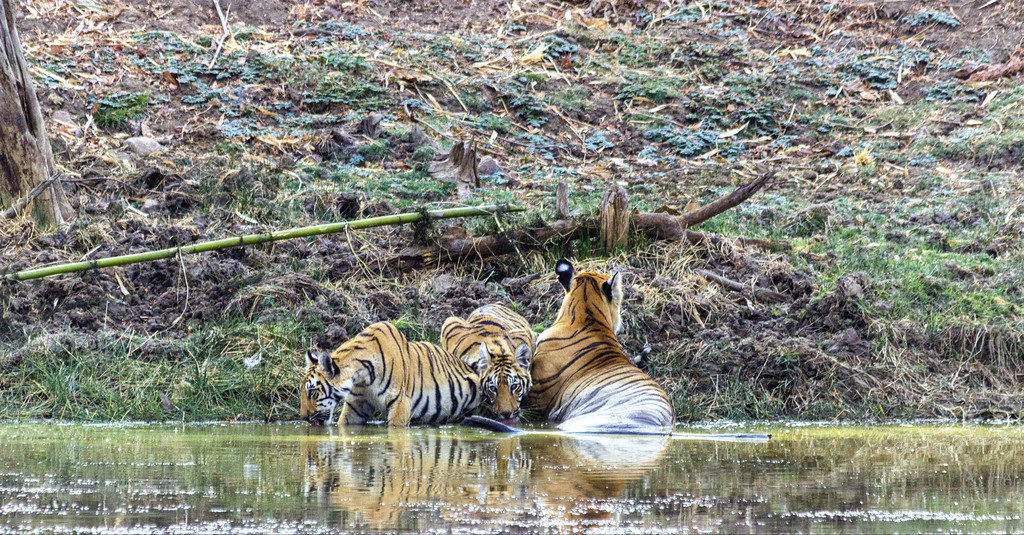
Among others, we recorded over 40 different species of birds. Here’s a brief list of birds and mammals that crossed our paths on this trip:
- Tigers
- Dholes
- Leopard
- Herds of spotted deer
- Sambar deer
- Indian Gaur
- Langurs
- Crested Serpent Eagle
- Grey-headed Fish Eagle
- Black Ibis
- Black-headed Ibis
- Large Egret
- Indian Nightjar
- Yellow footed green pigeon
- And a host of about 40 beautiful birds (lost track of the names).
Overall, a great wildlife experience!
HOW TO REACH?
Tadoba Andhari Tiger Reserve is well connected to major cities in India.
By Air: The nearest airport, at a distance of about 130 km, is located in Nagpur. From airport to the park, taxis are the best option. It takes about 2.5 hours to get to the destination.
By Rail: The nearest rail head is Chandrapur. However, not all trains halt at this venue. The second nearest and a major rail head is Balharshah Junction. Again, taxis are the best option to get to the destination. Here are the distances to the park from respective rail heads:
- Chandrapur – 35 km
- Balharshah Junction – 50 km
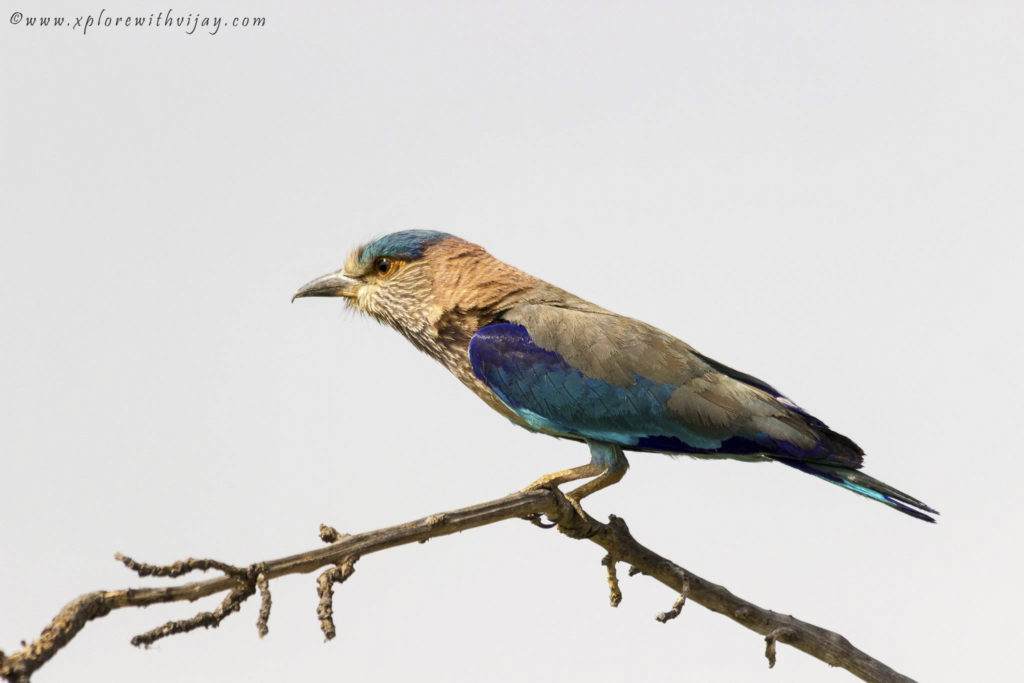
BEST TIME TO VISIT:
Summer: The best time to visit the park is during the summers. The summer months of March to June are ideal. April and May are the hottest months and the probability of spotting tigers, birds and other mammals is likely high.
Winter: The winters begin by October and last up to February. During this time of the year, the park is flourished with rich fauna alongside pleasant weather. Spotting tigers and mammals are likely possibly, however, not as high as during the summers. This period is best for seeing the migratory birds.
Rainy: The park remains shut during the monsoons between July and September. The park receives heavy rainfall and the probability of spotting wildlife is extremely rare.
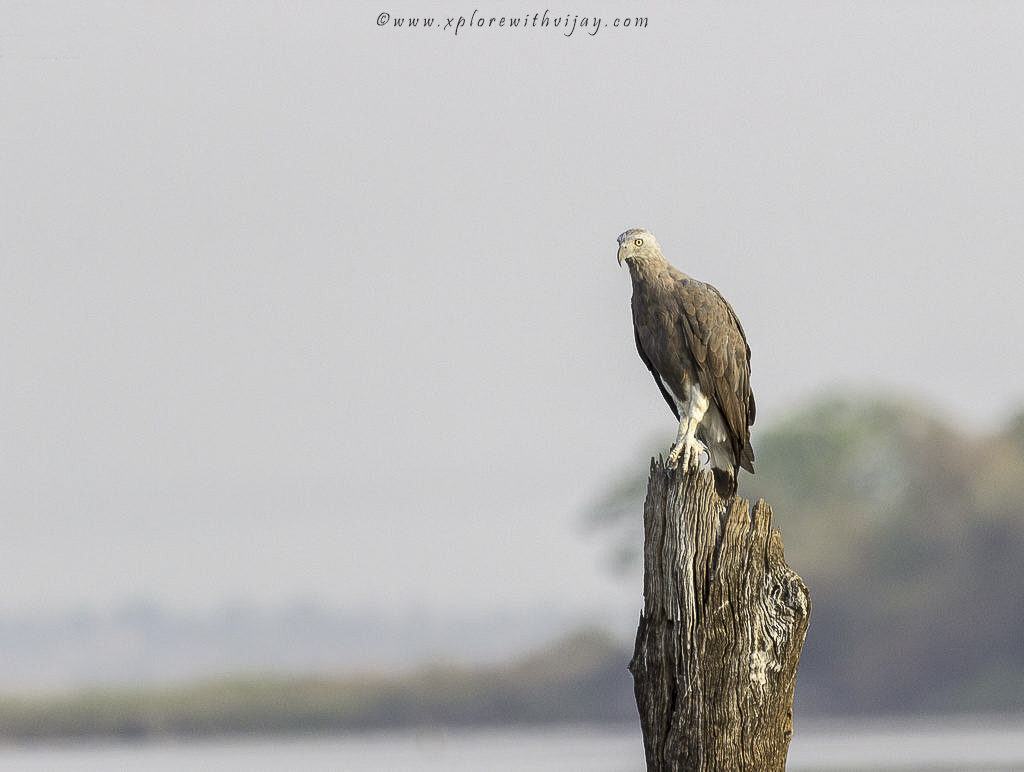
WHAT TO CARRY?
You may consider this section to be inconsequential. However, it is important to know what you must carry and why. Here goes my advisory list (from head to toe):
- Safari round hats
- Sunglasses
- Sun lotion (SPF 30 and above)
- Wet wipes
- Always choose neutral color for clothing. Khakhi, shades of dark green and light brown are best choices.
- Never enter into the park with bright clothes. These serve the purpose of distraction to the wildlife.
- Comfortable cotton/non-synthetic clothing.
- Flip-flops or sandals.
- Safari shoes (with ventilation). Avoid regular everyday use shoes. Not needed unless you are off the safari vehicle and that’s very unlikely.
- During summers dehydration is common. Make sure you carry enough water.
- Carry additional protective covers or cloth for all your camera gears. It gets too dusty.
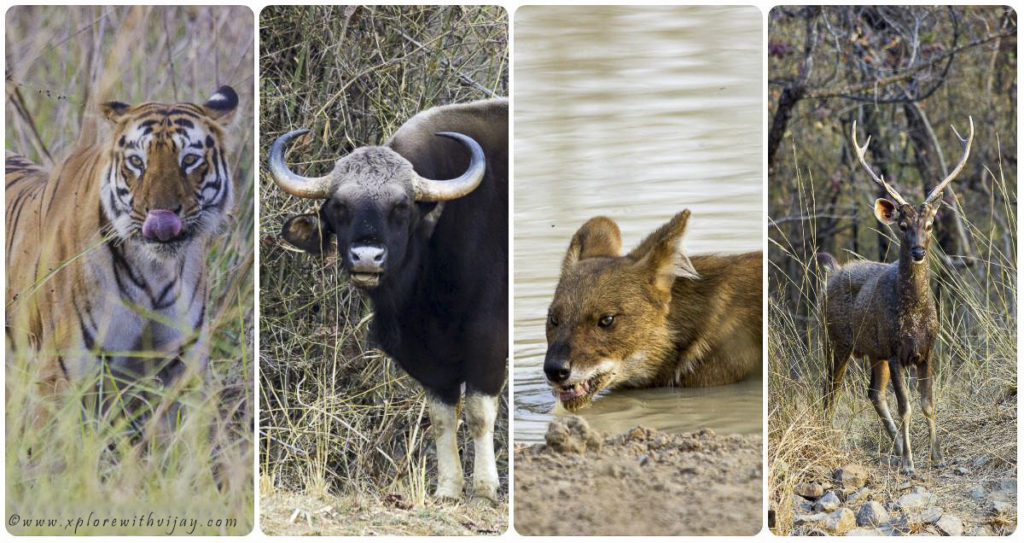
Let me know if you liked this blog in the comments below. Feel free to share this blog with your family and friends!
And, do subscribe to my travel blogs at https://www.xplorewithvijay.com, so you don’t miss out on fascinating travel stories.

